Cup Plant (Silphium Perfoliatum) – 6 Pack Of 1 Gallon Pots
$149.97 Original price was: $149.97.$96.99Current price is: $96.99.
SKU: D2LSC 3202024370 Category: NATIVE PLANTS
- Elevate Your Shopping Experience
- Get Quality, Get More
- 7-Day Returns, 100% Quality
- Protect Your Wallet with Safe Payments

Cup Plant
Silphium perfoliatum
Common Names: Cupplant, Common Cup, Compass Plant, Indian Cup
Plant Details
USDA Plant Hardiness Zones: 4a-9b Find Your Zone
Plant Type: Herbaceous Perennial
Height at Maturity: 6-10′
Width at Maturity: 2-3′
Spacing: 2′ for mass plantings or solid borders
Spacing: 2′ for mass plantings or solid borders
Growth Habit / Form: Upright
Growth Rate: Fast
Flower Color: Bright Yellow
Flower Size: 3-4″
Flowering Period: Mid to Late Summer
Flower Type: Single, Daisy
Fragrant Flowers: Faint
Foliage Color: Bold Green
Fragrant Foliage: No
Berries: No
Berry Color: No
Sun Needs: Full Sun to Part Shade
Water Needs: Average
Soil Type: Clay (amend heavy clay to ensure good drainage), Loam, Sand (amend quick-draining soil to retain moisture), Silt
Soil Moisture / Drainage: Moist But Well Drained; Tolerates occasionally dry or wet soil
Soil pH: 5.5 – 7.5 (Acid to Slightly Alkaline)
Maintenance / Care: Low
Attracts: Butterflies, Birds, Beneficial Pollinators, Hummingbirds, Visual Attention
Resistances: Cold Temperatures (-30F / Zones 4-8), Deer – more info, Disease, Heat, Humidity, Insect, Rabbit
Description
A magnificent North American native perennial that towers up to 10 feet tall in the garden, the Cup Plant, Silphium perfoliatum, is a jolly yellow giant perfect for dwelling at the back of the border, against a tall fence or to fill corners in the garden. It gets its name from the water-holding “cup” that is formed by adjoining large and stout leaves on either side of the square stem. Birds, butterflies, insects and frogs will frequent the cups to get a drink. The large leaves provide a lush almost tropical look in the garden that all serve as a cover for birds. From mid to late summer, large and showy 3 to 4 inch diameter bright yellow daisies are produced in abundance attracting butterflies, hummingbirds and beneficial pollinators. Birds, especially goldfinches, feast on the seeds. Recipient of the Royal Horticultural Society’s Award of Garden Merit for reliable performance in the garden, the Cup Plant is very easy to grow and maintenance-free almost anywhere in the U.S. in USDA Zones 3a-9b.
Wildlife Value
Birds, especially goldfinches, insects, frogs and other creatures are attracted to the water held in the cupped leaves and also eat the seeds. Bumblebees and honey bees use parts of the plant for nesting. Short-tongued bees, wasps and flies frequent the flowers for pollen and nectar.
Landscape & Garden Uses
Growing 6 to 10 feet tall and 2 to 3 feet wide depending on the moisture in the soil, the Cup Plant is ideal for use as a tall vertical accent in smaller garden spaces or in groupings where space allows. It’s perfect at the back of the sunny perennial border or in native, prairie or wildflower gardens. We like planting it against tall fences or to fill corners or the garden. A fine addition to butterfly and beneficial pollinator gardens, hummingbird and birds gardens, native gardens, meadow or prairie gardens, wildflower gardens, rock gardens, yellow theme gardens and cottage gardens.
Suggested Spacing: 2 feet apart for solid groupings
Growing Preferences
The Cup Plant is very easy to grow in most any moist but well-drained of average fertility and full sun to part shade. We suggest at least 5 hours of direct sunlight for tallest height and best flowering. It tolerates occasionally wet or dry soil but prefers a moist, loamy soil. As with many other perennial plants, constantly soggy or wet soils are problematic. Heavy, dense clay soils should be amended with organic matter to improve drainage. Plants can be cut back to the ground after going dormant in winter.
Plant Long & Prosper!
Meet The Wilson Brothers & Staff
Questions? Contact Us!
Be the first to review “Cup Plant (Silphium Perfoliatum) – 6 Pack Of 1 Gallon Pots” Cancel reply
Related products
Sale!
NATIVE PLANTS
Sale!
Sale!
Sale!
NATIVE PLANTS
Sale!
NATIVE PLANTS
Sale!
NATIVE PLANTS
Sale!
NATIVE PLANTS
Sale!
NATIVE PLANTS

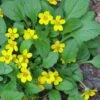







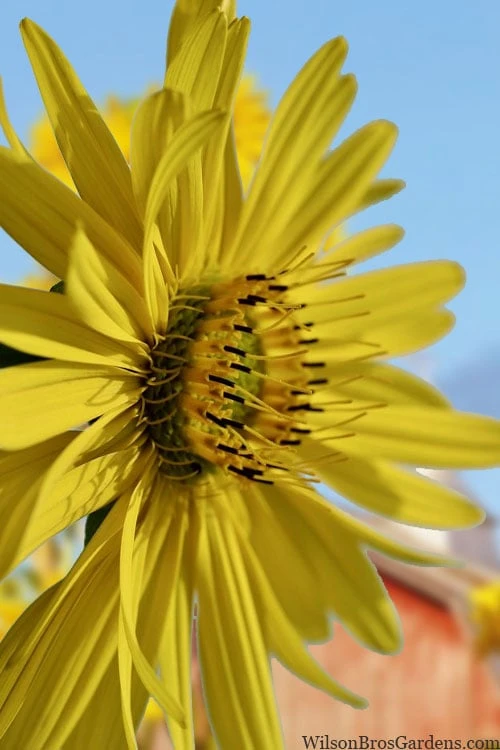





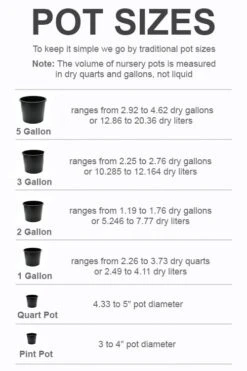
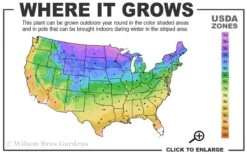







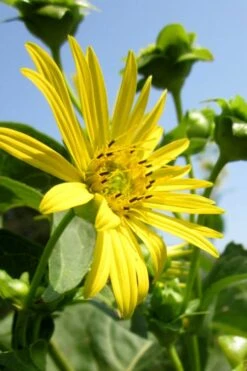
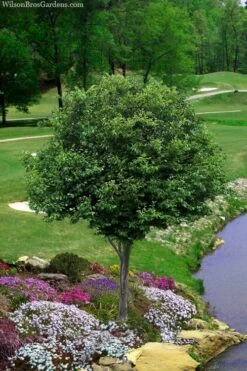
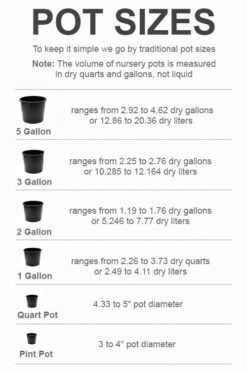

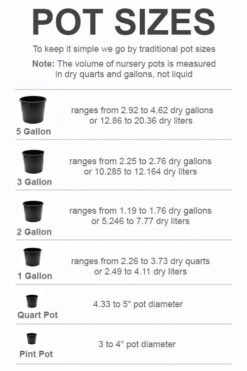
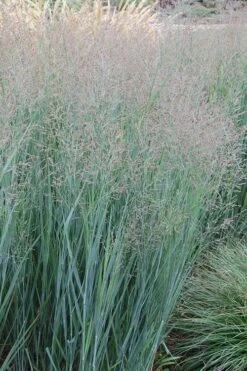
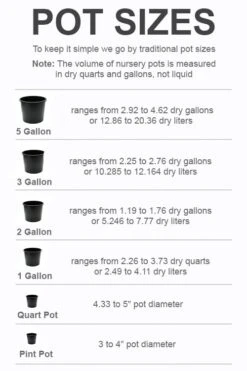
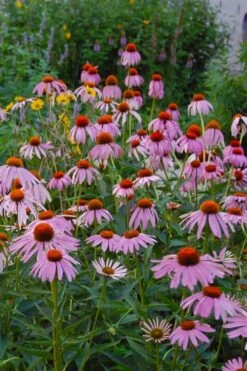
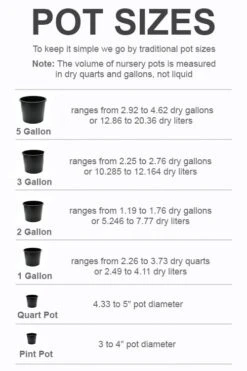
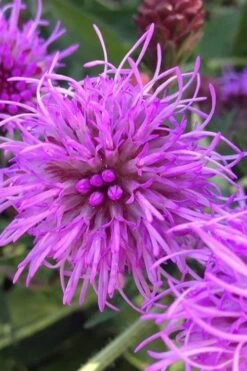

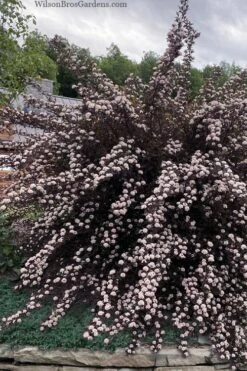
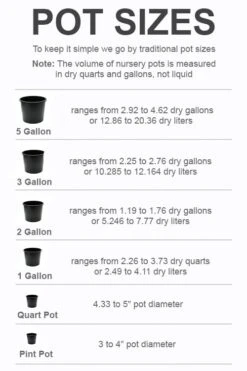
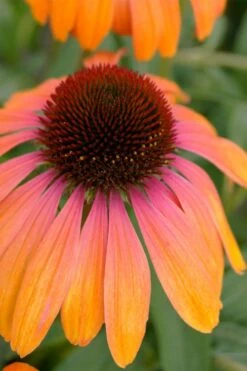
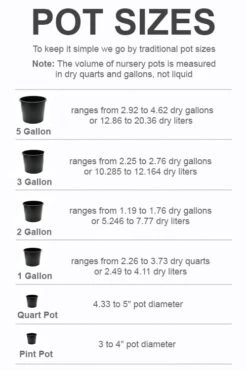

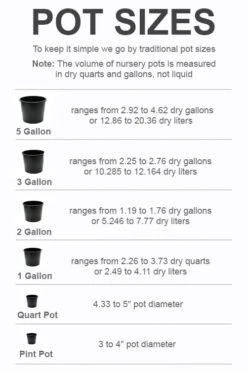
Reviews
There are no reviews yet.